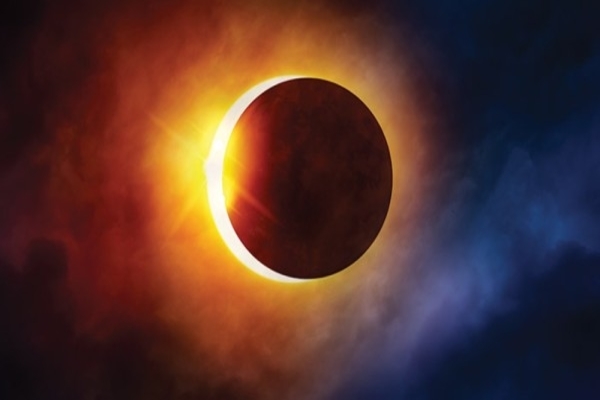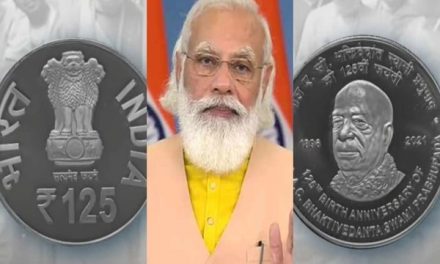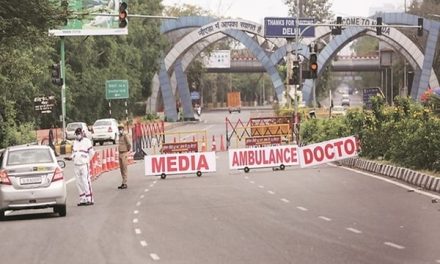This will be an annular solar eclipse in some parts of India and elsewhere which happens when the Moon covers the sun’s centre, leaving the sun’s visible outer edges to form a “ring of fire” or annulus – around the moon.
the partial solar eclipse will be visible in India along with several other countries on December 26.
This will be an annular solar eclipse in some parts of India and elsewhere which happens when the Moon covers the sun’s centre, leaving the sun’s visible outer edges to form a “ring of fire” or annulus – around the moon.

The maximum obstruction of the sun during the eclipse when seen from different cities of India will be 89.4 per cent in Bengaluru, 84.6 per cent in Chennai, 78.8 per cent in Mumbai, 74.3 per cent in Hyderabad, 66 per cent in Ahmedabad and 44.7 per cent in Delhi, the Birla Industrial and Technological Museum (BITM) said.
In Kolkata, the eclipse will be seen 45.1 per cent and will begin at 08:26:55 am, reach its maximum at 09:52:37 am and end at 11:32:37 am.
Apart from India, the eclipse will be visible in Saudi Arabia, Qatar, United Arab Emirates, Oman, Sri Lanka, Malaysia, Indonesia, Singapore, Northern Mariana Islands and Guam.
The ring of fire will not be seen from all places in India but from places like Kannur in Kerala and along the southern coast of the country.
The annular eclipse will, however, appear as a partial eclipse in thousands of kilometres area elsewhere where the ring will not be seen.
The BITM, the first science museum in the country under National Council of Science Museums (NCSM), has made arrangements for direct observation of partial eclipse through a telescope fitted with filters on December 26 from 8.15 am onward, for the general public.
Special viewing glasses have also been arranged for the general public to observe the rare celestial event.












